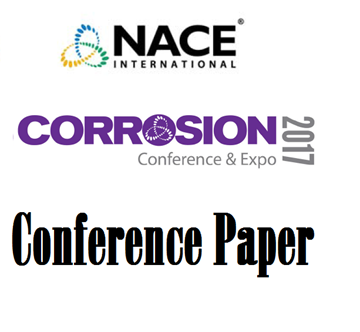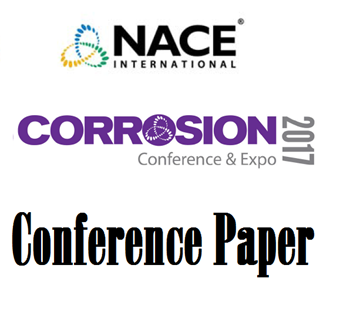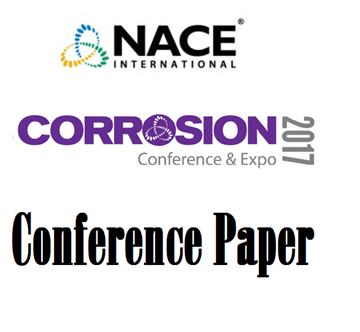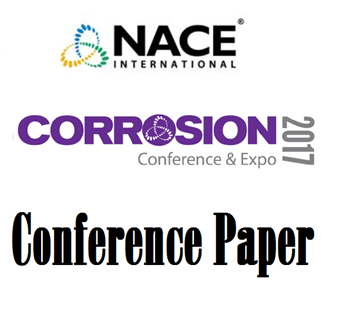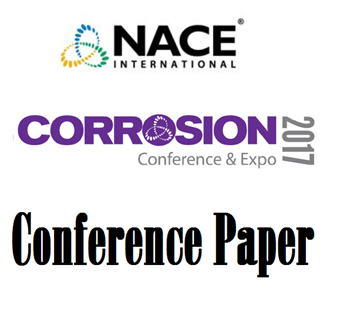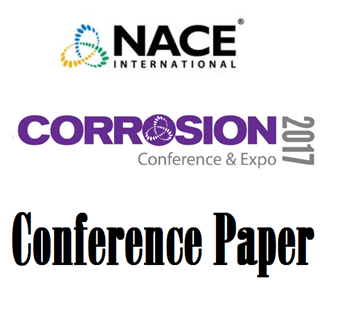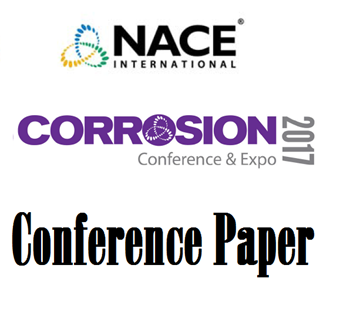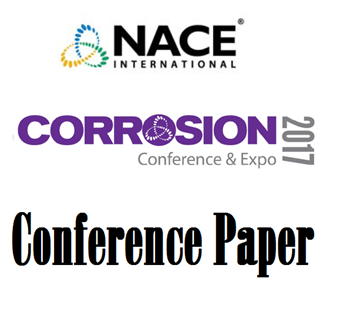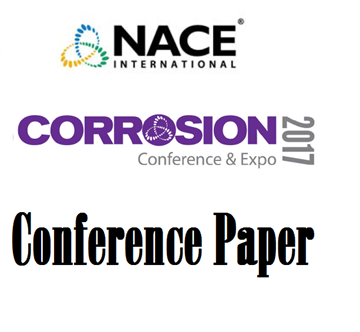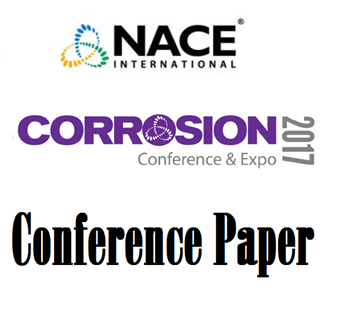Search
Products tagged with '2017 Conference Papers'
View as
Sort by
Display
per page
51317--9516-Combining Field Data Lab Tests Modeling and LCCA to Select Optimal Repair Options
Product Number:
51317--9516-SG
ISBN:
9516 2017 CP
Publication Date:
2017
$20.00
51317--9518-Chloride Stress Cracking of an Austenitic Stainless Steel Pipe Fitting in a Hydroprocessing Unit
Product Number:
51317--9518-SG
ISBN:
9518 2017 CP
Publication Date:
2017
$20.00
51317--9519-Development of Application Friendly Products for Wet Gas Corrosion Inhibition
Product Number:
51317--9519-SG
ISBN:
9519 2017 CP
Publication Date:
2017
$20.00
51317-9520-Pipeline Casings – Management of Pipeline Casing Issues
Product Number:
51317-9520-SG
ISBN:
9250 2017 CP
Publication Date:
2017
$20.00
51317--9527-Application of Encapsulated Scale Inhibitors - Understanding the Field Success Factors
Product Number:
51317--9527-SG
ISBN:
9527 2017 CP
Publication Date:
2017
$20.00
51317--9528-Practical Approach to Verifying Coating Quality of Bored Pipe
Product Number:
51317--9528-SG
ISBN:
9528 2017 CP
Publication Date:
2017
$20.00
51317--9530-Development of High Temperature Non-Triazine based Hydrogen Sulfide Scavenger
Product Number:
51317--9530-SG
ISBN:
9530 2017 CP
Publication Date:
2017
$20.00
51317--9531-Reinforced Concrete Corrosion Damage Forecast with Potential Dependent Threshold: Sensitivity to System Parameters
Product Number:
51317--9531-SG
ISBN:
9531 2017 CP
Publication Date:
2017
$20.00
51317--9532-Corrosion of Superalloys in 200 Bar 750°C Supercritical Carbon Dioxide
Product Number:
51317--9532-SG
ISBN:
9532 2017 CP
Publication Date:
2017
$20.00
51317--9534-The Dilemma Found During Investigative Digs
Product Number:
51317--9534-SG
ISBN:
9534 2017 CP
Publication Date:
2017
$20.00
51317-9537- Electrochemical Studies of Titanium-Boron Alloys in Physiological Solutions
Product Number:
51317-9537-SG
ISBN:
9537 2017 CP
Publication Date:
2017
$20.00
51317--9539-Durability of Nano-Coating for Marine Highway Bridge Application
Product Number:
51317--9539-SG
ISBN:
9539 2017 CP
Publication Date:
2017
$20.00


